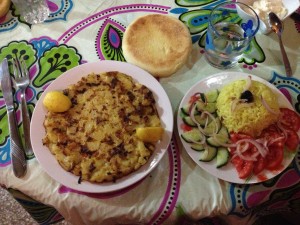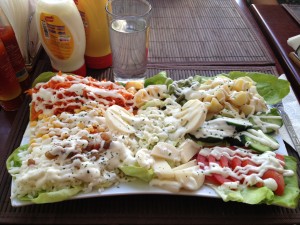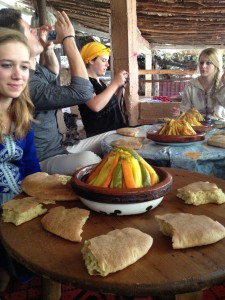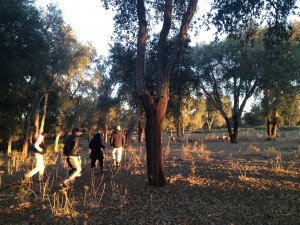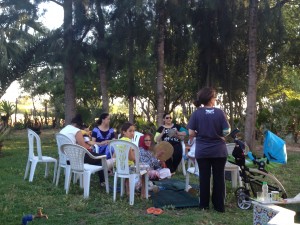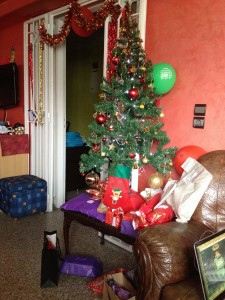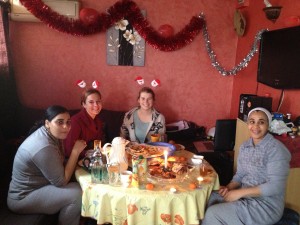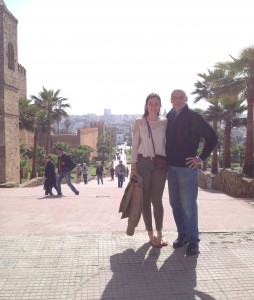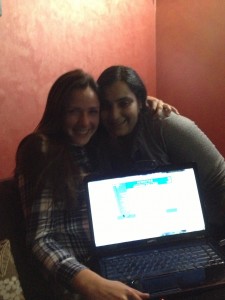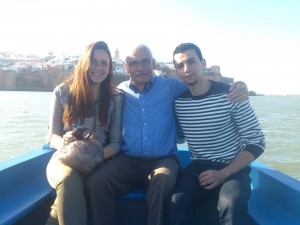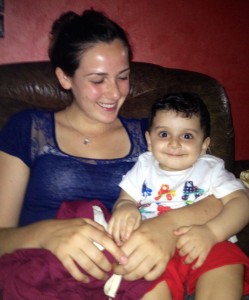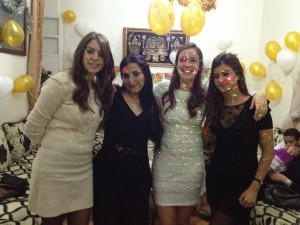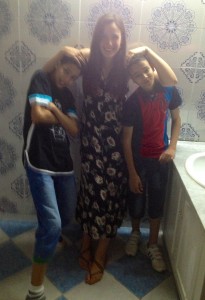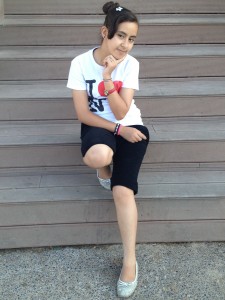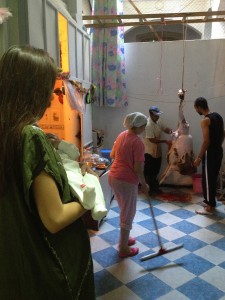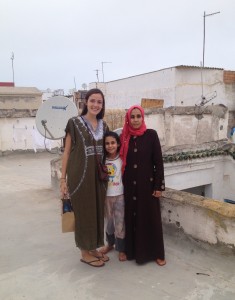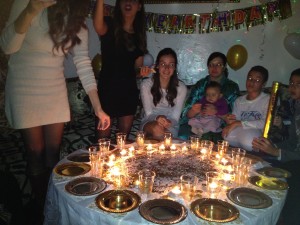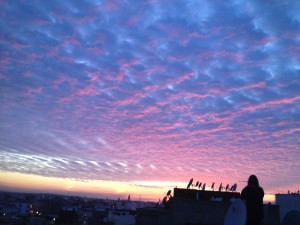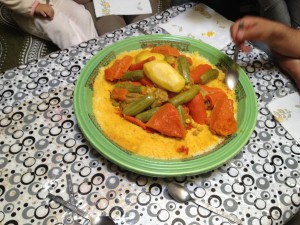I would like to take you on a spinning, shining tour of one of the world’s most beautiful countries – Morocco. During my year there I was fortunate enough to tour the entire country during my breaks from school. I traveled with my group of seven fellow State Department exchange students and our in-country coordinator. We visited the top tourist sites, but most of the time, we were exploring off-the-beaten-path places which were, for the most part, known of and visited only by locals. This meant when we arrived in places like these, our little tour bus tended to attract much attention, but we always received a warm welcome.
Here are some things you (along with many people) might not know about Morocco:
– Morocco is located in the northwest corner of Africa.
– The official language of Morocco is French (due to its past French colonization), but the vast majority of the people (particularly those who have not been formally educated) speak Darija, the Moroccan dialect of Arabic.
– Morocco is a Muslim country, and therefore a bit on the conservative side when it comes to dress, male-female relations, and other behaviors and traditions. However, Morocco is one of the most progressive Muslim countries in terms of conservativeness. This is probably because of Morocco’s close proximity to and the strong influence of Europe and its culture.
– Morocco is not just demographically diverse, but it is also incredibly geographically diverse. Morocco houses bright coastlines, towering, snow-capped mountains, winding rivers, crashing waterfalls, deserts, rolling hills, country villages, ancient cities, modern cities, pristine beaches, deep forests, sprawling farmland, and much, much history. Morocco is truly one of the most diverse and beautiful countries I have ever seen or heard of.
I would like to take you on a short tour of the places I have visited in Morocco and hopefully inspire you to travel to Morocco.
 http://www.atfp.org.ae/English/countries/morocco/morocco.html
http://www.atfp.org.ae/English/countries/morocco/morocco.html
Here is a map for your reference and convenience.
I will begin with Rabat, the capital of Morocco where I lived all year and spent the vast majority of my time. Even after touring Morocco, Rabat remained my favorite city and the only city I could imagine living in.
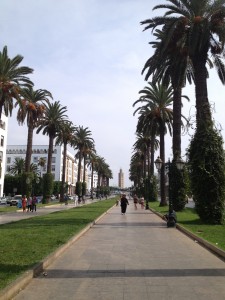
This is the Avenue Mohammed V, which is located in Centre Ville, the old French quarter. Along this beautiful, bustling, palm tree-lined street, there are countless exquisite cafes, the imposing parliament building, and at the far end of the street, as visible in the picture, is a large mosque. Mosques can be found in every neighborhood of Morocco. Their calls to prayer echo and reverberate in a chillingly beautiful way all through town five times a day.

This is a view from Les Oudayas, a beautiful, blue and white painted little village (now a neighborhood of Rabat) on the beach home to many surfers and fishermen. The scene which unfolds in the distance of the picture includes all the neighborhoods of Rabat. The Hassan Tower (La Tour Hassan) can be seen far in the distance. La Tour Hassan is the signature landmark of Rabat. Not pictured but directly to the right of the picture is the medina (old town) of Rabat. This is the original, ancient walled town of Rabat. Everything else in Rabat was later built up around the walled section.
Next, I would like to show you the city of Fez. Fez is located to the north of Rabat and is a very ancient city. The medina of Fez smelled thousands of years old. Fez is most famous for its massive tanneries and tanning industry. Pictured below is a scene of one of the countless tanneries. We were given sprigs of mint to press against our noses in order to enter the tannery; the odor would have otherwise been simply overpowering.
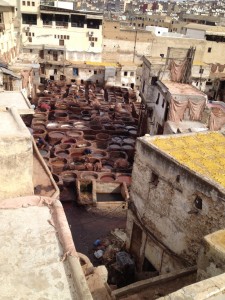
Next up is Moulay Yacob. This is a small village built directly into the side of a hill. Moulay Yacob is home to a legendary healing sulfur spring with a public bathhouse (or hammam) built up around it. People travel here to fix various ailments from skin diseases to serious physical disabilities. This is a view of the village of Moulay Yacob from an adjacent hill which is a popular pilgrimage destination. The hike up was quite literally breathtaking!

The next country village we visited is called Ain Leuh. This village is home to forests filled to the brim with wild yet bold monkeys! We stopped in the forest and came in close contact with these furry creatures. Pictured below is a family of monkeys clearly discussing what to do with the unwelcome visitors (us).
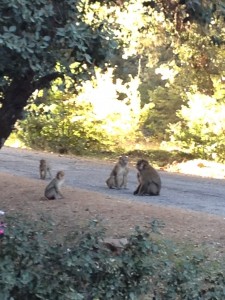
Yet another tiny country village we were delighted to alight upon is that of Oum Rabia, or “mother source.” Oum Rabia is home to Morocco’s most attractive waterfall that is supposedly the original and mother source of all Morocco’s rivers leading the the sea. We ate a delicious lunch of hot chicken and vegetable tagine (a traditional Moroccan dish) and fresh, hearty bread seated on carpets under a canopy of palm roofs with the river rushing just feet from us. After lunch, we napped as the river gushed. It was incredibly tranquil.

After lunch and a nap, we hiked just fifteen minutes alongside the river to the waterfall herself.
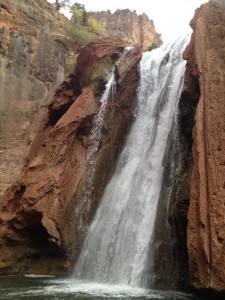
Casablanca, whose name is made famous by the classic American film, is the financial and economic capital of Morocco. Quite a concrete jungle, Casablanca’s three main attractions (besides its excellent downtown shopping) are its striking, windy coastlines and beaches, Morocco Mall, the largest mall in all of Africa, and the Hassan II mosque, the largest mosque in Morocco and Africa, and the seventh largest in the world. The mosque is depicted below.

Outside of the city of Meknes is Volubilis, the site of ancient Roman ruins in Morocco. We visited Volubilis on an ominously cloudy day, and the ruins loomed hauntingly. It is a spectacular site and the history is amazing.
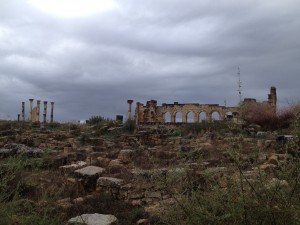
This is a picture of a famous old guest house and garden (now a museum) in Meknes, one of the smaller but older cities in Morocco.

This is a picture of a neighborhood in the affluent and very cold, northern town of Ifrane, called by many the “Switzerland of Morocco.”

This is a picture of a beach town between Rabat and Casablanca called Bouzneka. My friends and I visited the beach in the relative chill of a Moroccan winter, but in the summer, this beach, lined with luxurious private beach houses, would be a hot, go-to beach spot.
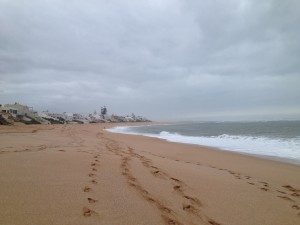
This is the main square of the medina of Marrakech which becomes vibrantly alive come nightfall. Marrakech is called by many the party city, and is definitely the most touristy city in Morocco. Despite these factors, it is still beautiful and historic with palm trees lining the city limits and snow-capped mountains standing guard from a distance.

Here is a sight you will not believe. On the hot, dusty road south of Marrakech we shrieked with delight and pleaded our bus driver to pull over to the side of the road so we could alight and take in the mind-boggling scene before us. There were goats climbing and milling about upon trees! The trees are argon trees. Argon oil is a famed specialty of Morocco, and goats are instrumental in the production process. They climb the trees, eat the argon nuts, and defecate the nuts thereby removing the otherwise nearly impossible to remove outer shell. The nuts are then collected and ground into the expensive argon oil. We could not believe our eyes!
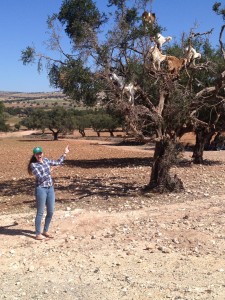
The next stop on our trip was the windy, beach city of Essouira. This is perhaps the most beautiful city I have ever seen. It is very old, and despite the fact that it was a bit touristy, we had a great few days exploring it. I galloped across the beach on a horse while many of my friends plodded along astride camels. There are many ghost stories and legends surrounding Essouira, and one night, my roommate and I had quite a ghostly encounter. This was among my favorite places visited. It was breathtaking.

Here I am standing on the roof of our hotel in Essouira trying not to be blown away by the gusty gales. Essouira is pretty much a peninsula – it is surrounded by the ocean on three of its four sides.

On our way out of Essouira, we briefly visited a tiny fishing and surfing village (whose name now escapes me) and hiked up some hills to witness this spectacular view.
During our final voyage as a group in Morocco, we visited a quaint, pretty beach town called M’Diq, a town in Morocco that touches the Mediterranean Sea. We spent a morning running and playing on the beach and swimming in the Mediterranean Sea.
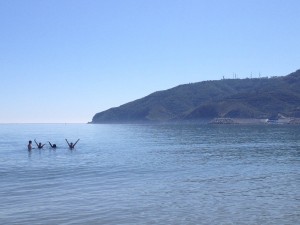
Our final destination before returning, for the last time, to Rabat, was to the famous village of Chefchouan. This town is nestled in the Atlas mountains and sprawls in a steep valley. It is very much a tourist spot, but it somehow maintains its charm. Chefchouan is often known for its hashish (marijuana), thus providing the town and its people a very relaxed mood and outlook on life. My best friend and I enjoyed sitting atop the high-up roof of a restaurant and people watching in the square below. Chefchouan’s visitors come from literally all over the world and you are bound to meet some interesting people there. Chefchouan is also famous for its blue-painted walls. Chouan felt like it should be on a beach, although it is far from the shore.
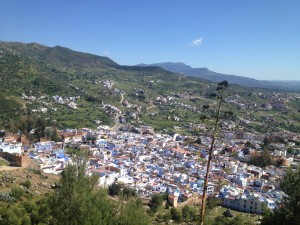
Here is a view of Chefchouan from our elevated hotel.

Here is a cafe sporting the classic blue paint.
The only region I failed to include in this guide is the southeastern region of the Sahara. The famous city of Ouarzazate is located on the Sahara Desert and is home to some ancient mud cliff dwellings. Also, countless film productions have been filmed there from Game of Thrones to Gladiator.
As one can easily see, Morocco is a vastly diverse and breathtakingly beautiful country. It is warm, welcoming, and safe if you’re smart. It is my home and I love it dearly. With all my heart, I welcome you to Morocco!!!
Stay tuned for next week’s edition of This Moroccan Life where you will get a taste of Morocco!
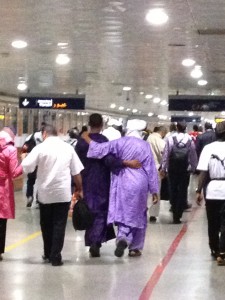

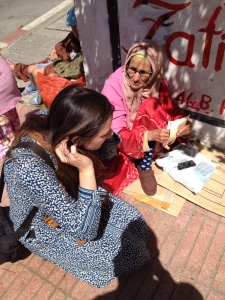


 http://www.atfp.org.ae/English/countries/morocco/morocco.html
http://www.atfp.org.ae/English/countries/morocco/morocco.html



